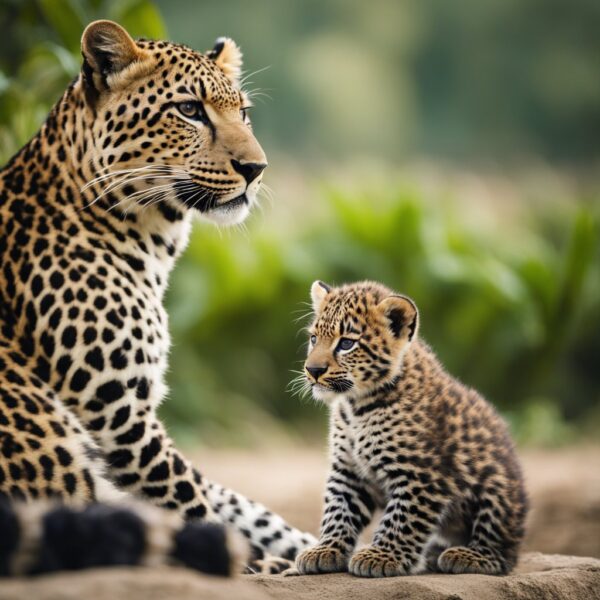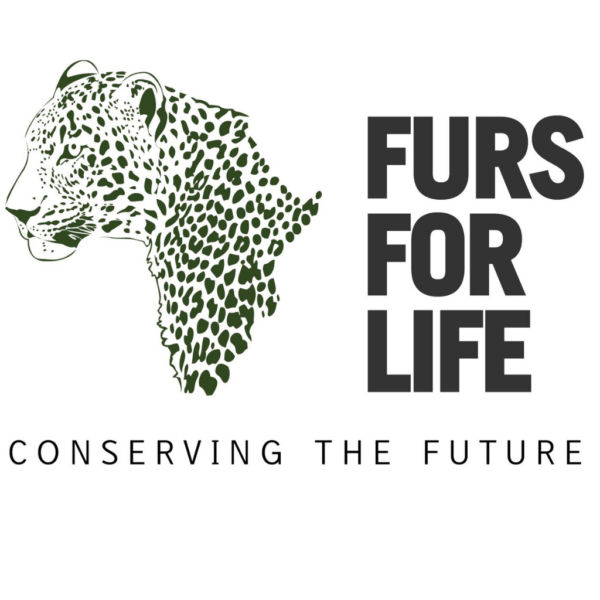
Panthera and Furs For Life
Saving Leopards through Furs For Life
With the convergence of faith and environmental stewardship, a new chapter unfolds in saving leopards. The alliance between Panthera and the African Congregational Church (ACC) marks a significant stride in combating the illegal wildlife trade. In the heart of southern Africa, a program known as Furs for Life is at the vanguard of this fight, offering synthetic replacements for traditional leopard fur garments used in religious ceremonies.
Furs For Life: Economic and Educational Opportunities
The initiative not only aims to protect leopards but also to empower local women economically. With the supply of sewing machines and comprehensive training, participants are mastering the production of these faux furs and other high-demand textiles like school uniforms. This encouragement of entrepreneurship among women is transforming their roles within the community, fortifying family incomes, and stimulating local economies.
The enhancement of women’s skills in business management goes hand in hand with the program’s objectives. Furs For Life program aims to grant locals independence in managing small-scale businesses, thereby reducing dependence on illicit activities tied to wildlife exploitation.
- Impact on Leopard Population: Traditional practices have resulted in the killing of numerous leopards annually; the introduction of Heritage Fur is directly decreasing this number.
- Cultural Sensitivity and Acceptance: Authentic patterns for the synthetic furs are developed with the utmost precision, garnering acceptance and preference within the community.
- Future Community Management: The goal is to transition the management of these conservation efforts to the communities themselves, ensuring sustainability and local empowerment.
- Cultural-Religious Participation: Strategically engaging with religious leadership, Panthera’s efforts encourage cultural preservation in harmony with wildlife conservation.
- Youth Education: In addition to conservation, the program provides valuable skill training for the younger generation, preparing them for future opportunities.
SAving Leopards: Continued Partnerships and Expansion
Leveraging prior successes with the Nazareth Baptist Church, Panthera is replicating these efforts across different regions and communities. The rapid adaptation of the Heritage Fur by the Lozi people in Zambia is a testament to the initiative’s viability and impact.
Panthera’s partnerships go beyond religious institutions to include various community groups and conservation stakeholders. These collaborations are critical in ensuring the continuity of traditional practices without the costs to wildlife. The expansion strategies remain rooted in cultural understanding, with an ongoing commitment to integrate the local populace in the guardianship of their natural heritage.
Global Impact and Support
Funding entities like the Illegal Wildlife Trade Challenge Fund and philanthropic organizations such as Cartier for Nature recognize the potential of the Furs for Life program. Their backing symbolizes a unification of efforts across the globe to tackle wildlife trade challenges.
Panthera’s mission extends across borders, with a focus on and enhancing the ecosystems they inhabit. Their endeavors span across 39 countries, engaging in science-driven strategies that address the most immediate dangers to wild cats. Their work is shaped by a diverse team of professionals, from biologists to law enforcement experts committed to defending nature’s apex predators.
- Legal and Educational Advancements: Efforts by Panthera result in the formation of contracts for uniform production, which aids in reducing poverty and poaching.
- Wildlife and Habitat Protection: Their inclusive approach safeguards both the big cat species and their vital ecosystems, ensuring balance and biodiversity.
- Public Awareness and Involvement: Education and community engagement remain central to Panthera’s methodology, fostering an environment where humans and wild cats can coexist peacefully.

ABOUT PANTHERA
“Panthera is creating a world where wild cats thrive in healthy, natural and developed landscapes that sustain people and biodiversity. Through cutting-edge scientific research, strategic species recovery, habitat restoration and collaboration with communities and partners, we’re protecting the world’s 40 species of wild cats and helping ensure a future for us all”
Frequently Asked Questions about FURS FOR LIFE
Integration of Panthera’s Conservation Efforts with Religious Communities
Panthera often engages with religious groups because they recognize the influence these communities have on their congregants’ attitudes towards nature. By involving religious leaders in conservation programs, like Furs for Life, they aim to foster a sense of stewardship for wildlife among their followers.
Objectives of African Church Partnerships with Panthera
The collaboration seeks to align Panthera’s mission of saving leopards with the moral frameworks of African congregational churches. This partnership aims to inspire and mobilize congregations to take active roles in the protection of wild cats.
Effectiveness of Faith-Based Conservation Initiatives
- Increased awareness: Religious leaders communicating conservation messages can lead to broader community awareness.
- Enhanced stewardship: Communities often take a more active role in conservation, stemming from a moral obligation.
- Protection of habitats: Some faith-based programs have led to direct action like the creation of protected areas.
Specific Panthera Projects with Religious Groups
Panthera has initiated projects like:
- Educational workshops led by local faith leaders.
- Joint ventures in habitat restoration, involving community members and church groups.
- Conservation-themed sermons and faith gatherings.
Challenges of Combining Conservation with Faith-Based Practices
- Differing priorities: Balancing immediate human needs with long-term conservation goals.
- Cultural diversity: Navigating the varied beliefs and practices within religious communities.
- Resistance to change: Overcoming skepticism regarding new conservation methods and scientific approaches.
Contribution of Congregational Communities to Panther Species Protection
Congregations can:
- Patrol and monitor local wildlife populations.
- Participate in anti-poaching initiatives.
- Advocate for sustainable land-use practices that benefit panther habitats.